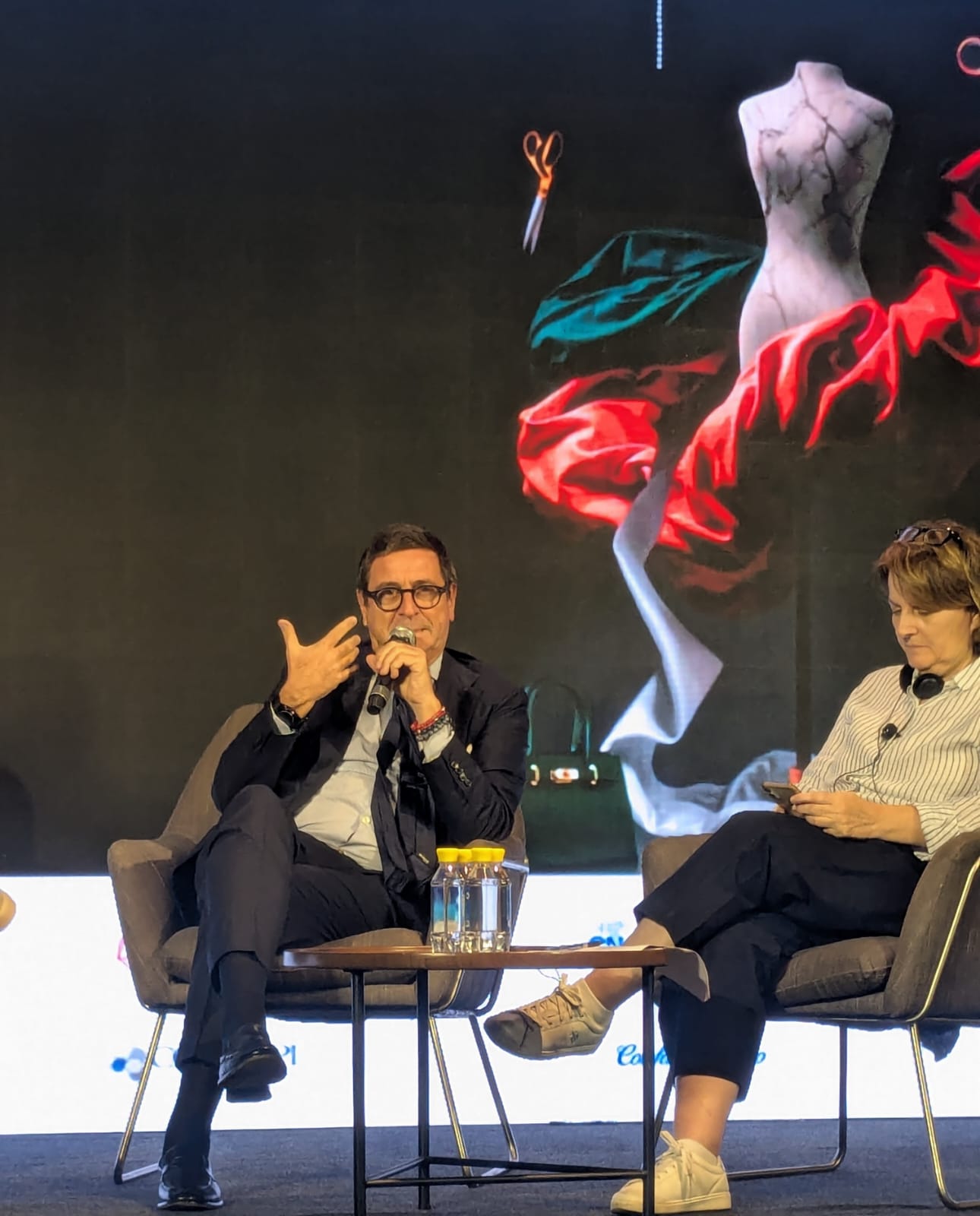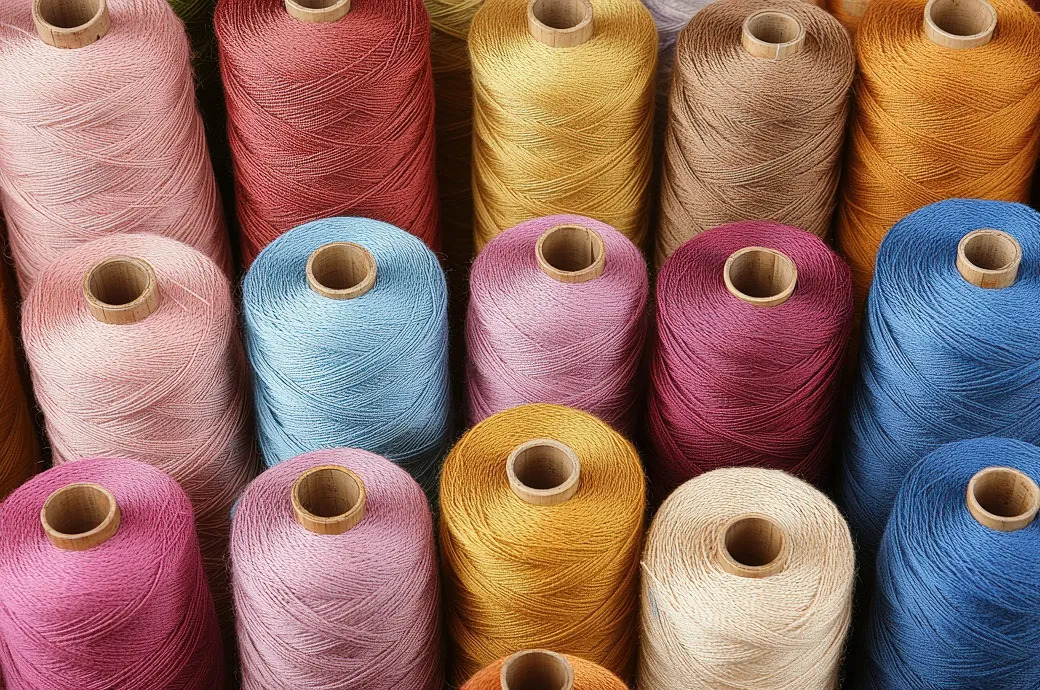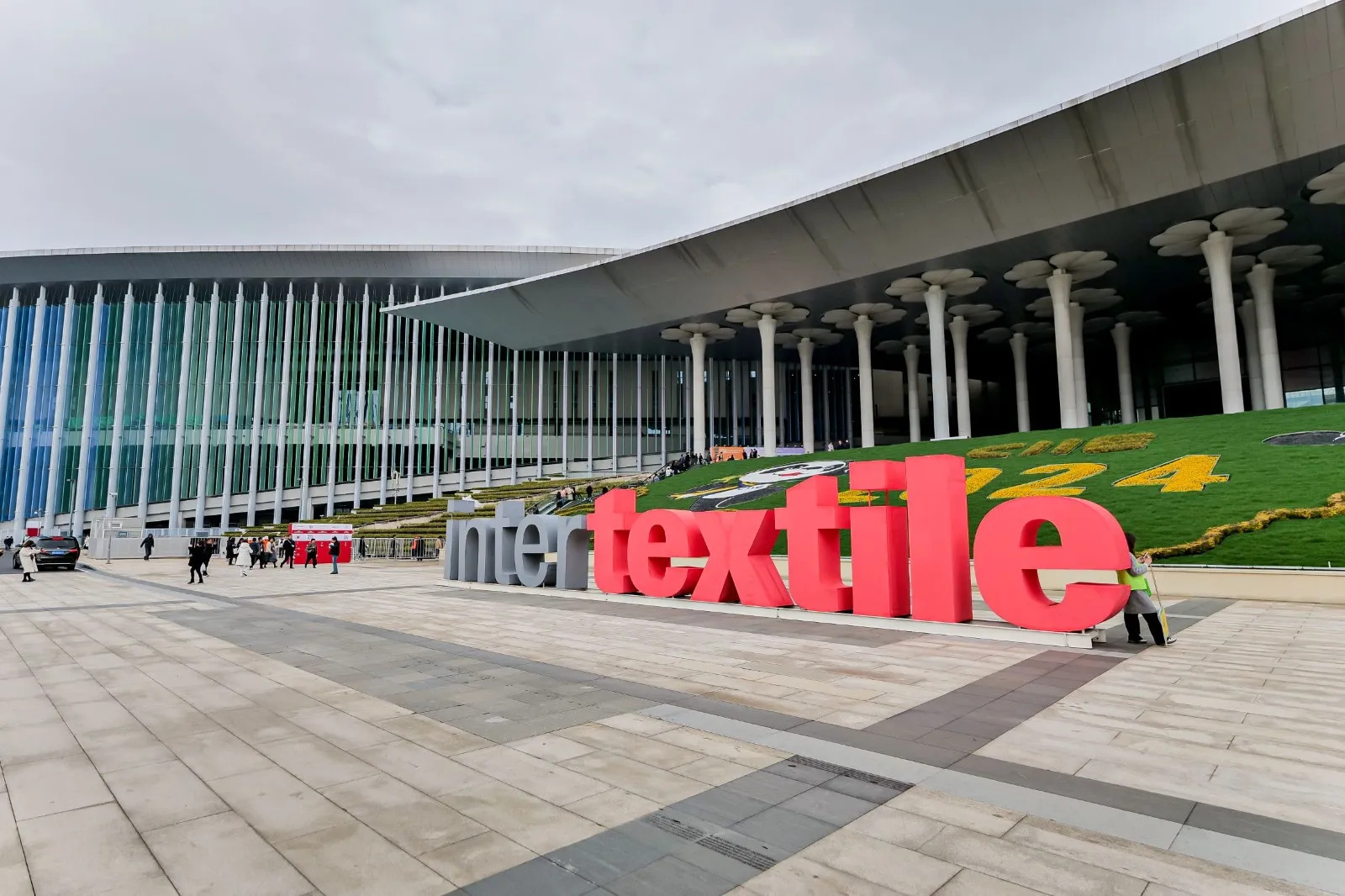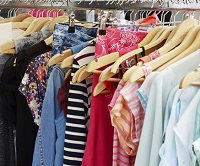 Though it might take over a year for the US economy to reach pre-COVID-19 levels, apparel sales may see a quicker recovery. This can be especially estimated from the high visitor turnouts at recently opened clothing stores. As per latest data from Placer.ai, in year-over-year data comparisons, apparel sales in the US during the week of May 11 fared slightly better with apparel sales declining 71.8 per cent as against the 87 per cent decline in week ending May 4.
Though it might take over a year for the US economy to reach pre-COVID-19 levels, apparel sales may see a quicker recovery. This can be especially estimated from the high visitor turnouts at recently opened clothing stores. As per latest data from Placer.ai, in year-over-year data comparisons, apparel sales in the US during the week of May 11 fared slightly better with apparel sales declining 71.8 per cent as against the 87 per cent decline in week ending May 4.
During this period, apparel traffic in Florida improved the most. Traffic in this region improved from a decline of 87 percent year-over-year for the week of May 4 to a decline of just 55 percent for the week of May 11. A similar trend was noted in Georgia where traffic improved from a 75 per cent year-over-year decline for the week of May 4 to just 23 per cent decline a week later. A clear indication US retail economy is on recovery path. However, this revival is full of challenges, believes, Ethan Chernofsy, Marketing Vice President, Placer.ai
Financial concerns, rising inflation worry consumers
One of the challenges that the retail sector faces is financial uncertainty that consumers face today. As per Deloitte Global State of the Consumer Tracker, which polls 1,000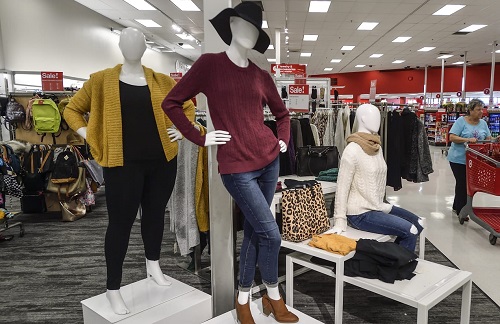 consumers in 15 countries, around 27 per cent consumers are anxious about making upcoming payments while 43 per cent are putting off large purchases. Around 37 per cent fear losing their jobs. According to the survey, the percentage of US consumers visiting stores also increased to 42 per cent in May as against 30 per cent in April. On the other hand, the number of online shoppers is gradually falling, particularly for apparel and electronics. The Deloitte survey reveals that while 82 per cent of Americans plan to “buy online, pickup in store” in the next four weeks, only 40 per cent plan to use this service for safety reasons, down from 48 per cent.
consumers in 15 countries, around 27 per cent consumers are anxious about making upcoming payments while 43 per cent are putting off large purchases. Around 37 per cent fear losing their jobs. According to the survey, the percentage of US consumers visiting stores also increased to 42 per cent in May as against 30 per cent in April. On the other hand, the number of online shoppers is gradually falling, particularly for apparel and electronics. The Deloitte survey reveals that while 82 per cent of Americans plan to “buy online, pickup in store” in the next four weeks, only 40 per cent plan to use this service for safety reasons, down from 48 per cent.
Though consumer confidence appears to have stabilized, they remain concerned about their financial prospects. Rising inflation rates continue to diminish their purchasing power and curtail spending. Beth Ann Bovino, Global US Chief Economist for credit ratings firm S&P, believes retail recovery in the US could stretch to 2021 and beyond and hopes businesses reopen and recall furloughed or laid-off employees by this period.
Two years to road to recovery
Politicians in the US continue to struggle in balancing public health and economic vigor. How long will it take for the economy to recover to r the level it was prior to the COVID-19 outbreak remains a topic of debate. Though analyst believe markets will eventually recover from today’s Great-Depression-esque unemployment levels, the economy to emerge out of this crisis will be different, believes David Rubenstein, Cofounder and Co-executive Chairman of private equity firm The Carlyle Group. He expects another stimulus bill or bailout from the American government next month.
Prior to the pandemic, America was expected to reelect President Trump later this year. However, now the country’s state of the economy will determine who will be the next leader. Whatever, the outcome of the election, the next elected government can’t afford to wait even for a month to restart economy. It will have to start from day one itself.


